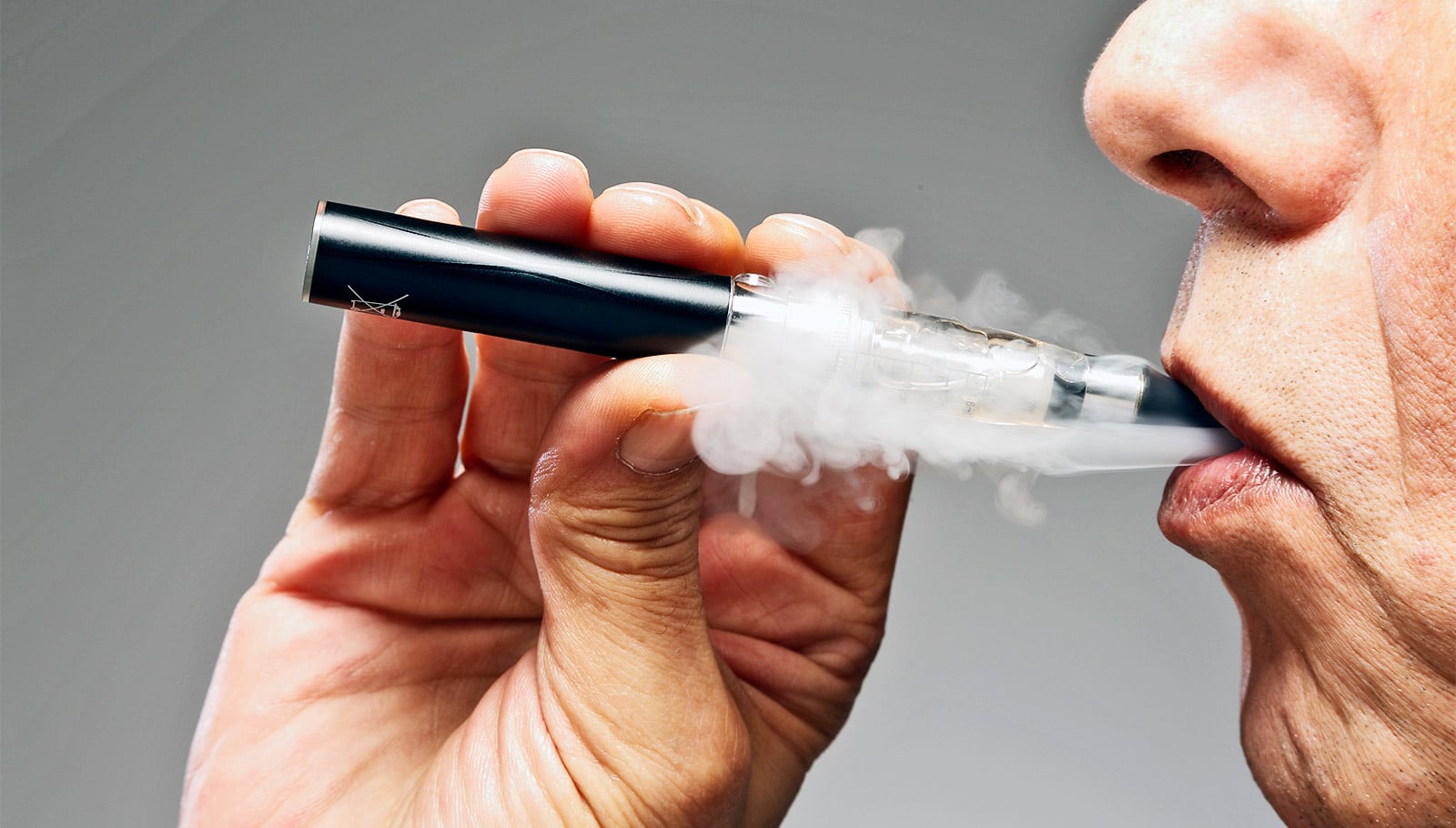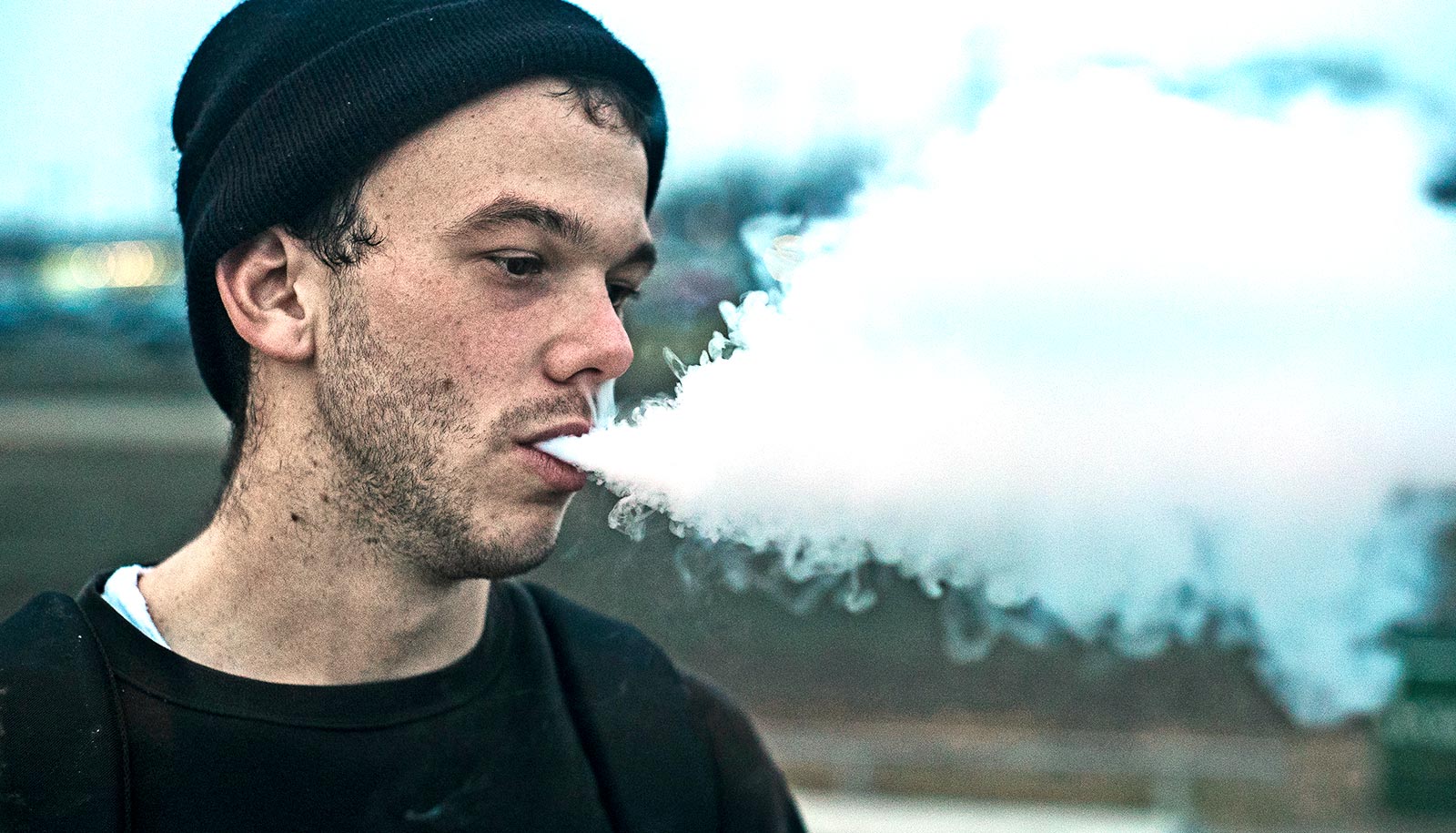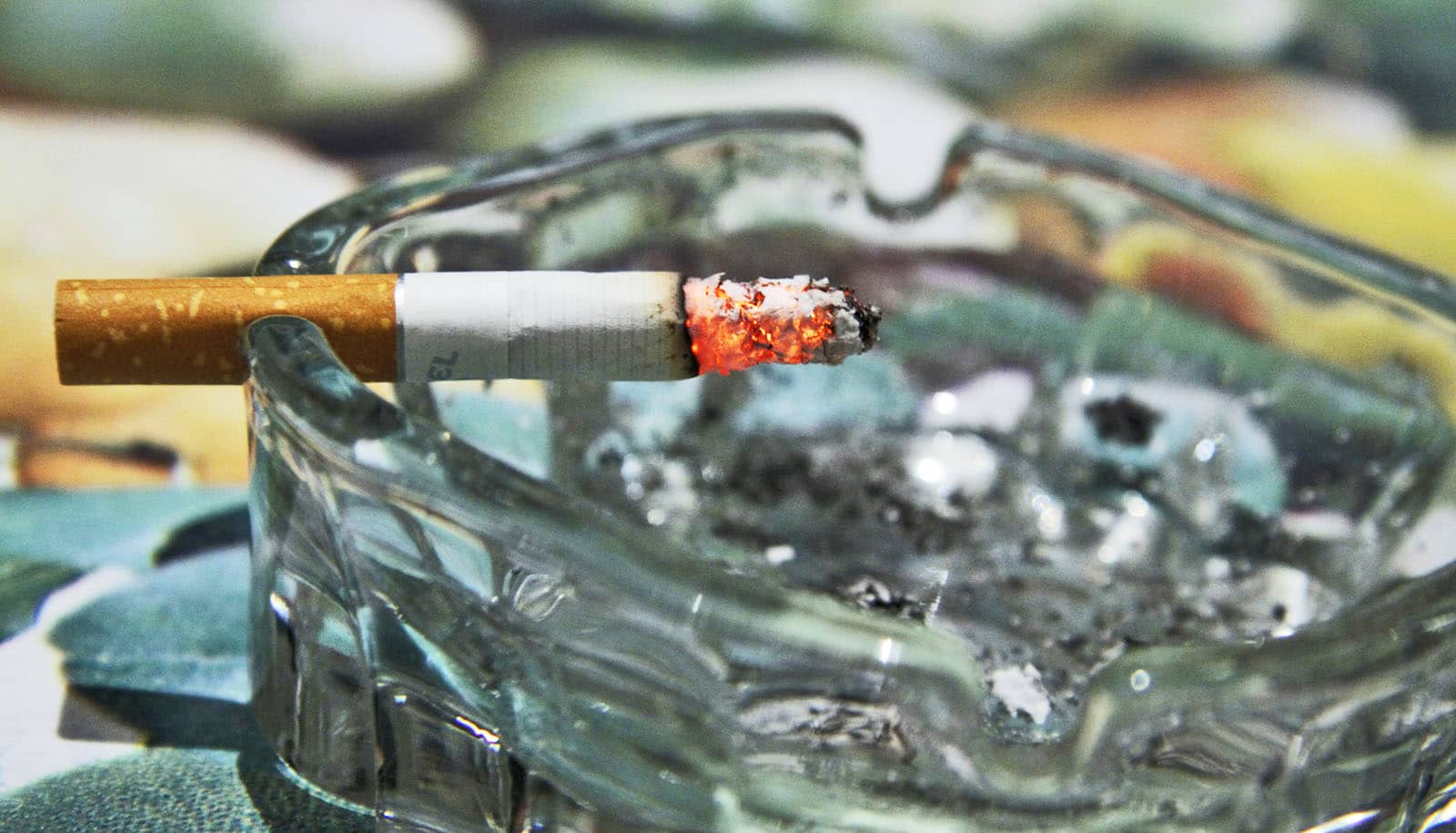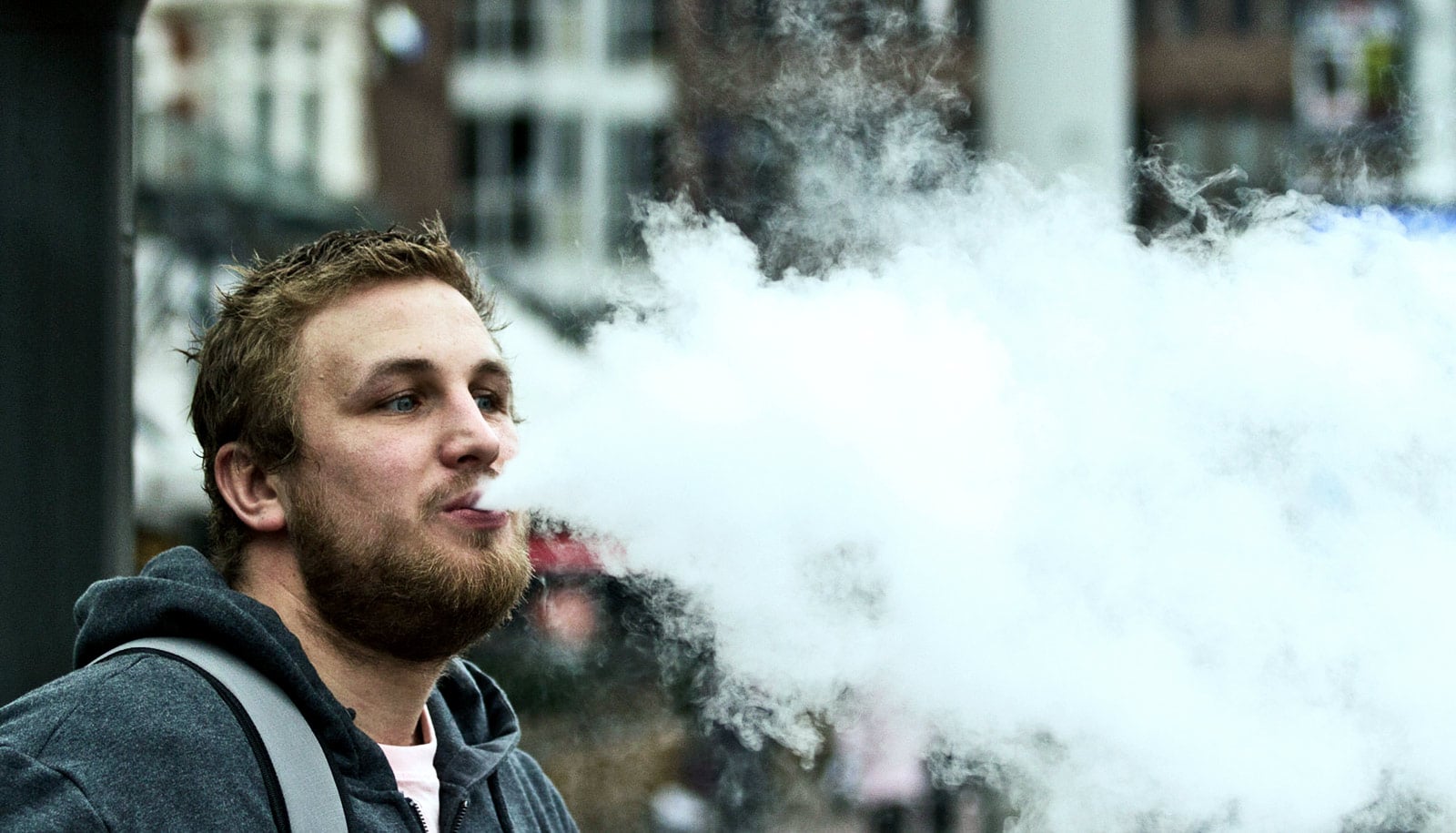Children living in households where e-cigarettes are used are unintentionally inhaling substances that could harm their developing bodies, according to a new study.
The research sheds light on the often-overlooked danger of secondhand e-cigarette vapor, particularly its effect on children.
For years, electronic cigarettes have been marketed as a safer alternative to traditional smoking. But as these devices gain popularity among adults, there is growing concern over the unintended consequences for children exposed to the exhaled vapors.
The study implemented a unique approach to data collection that combined the traditional use of blood tests with less invasive saliva and exhaled breath tests to determine the exposure of children to hazardous substances.
The results were telling: Children aged 4 to 12 years who were exposed to e-cigarette secondhand vapor showed significantly higher levels of metabolites linked to chemicals found in e-cigarette liquids compared to their unexposed peers.
These metabolites interfere with the body’s normal operations by disrupting dopamine levels and causing inflammation and oxidative stress. Oxidative stress leads to cellular damage throughout the body and is linked to numerous diseases, including diabetes, heart disease, and cancer.
“Many people who smoke have switched to using e-cigarettes, thinking it’s safer for them and others nearby,” says Jeannie Rodriguez, associate professor at Emory University’s School of Nursing and lead author of the study. “However, there are chemicals in the liquids used in a vape that are hazardous for you and those that you care about who are exposed to the vapors you exhale.”
The outcomes of the analyses were shared with parents to highlight the risks linked to exposing children to the byproducts of e-cigarette vapor. Surprisingly, many parents were unaware of the risks.
In focus group discussions with Emory researchers, more than half (11 of 19) of parents revealed they considered vaping around their children a minor concern, if a concern at all. This alarming disconnect underscores the need for education on the subject of secondhand vapor.
Health experts like Rodriguez stress the importance of equipping parents with the knowledge to make informed decisions. By understanding the tangible evidence of harm, parents might be more inclined to put down their vaping devices for good.
However, quitting is not straightforward. The study also unveiled that despite understanding some risks, the addictive grip of nicotine and the belief that vaping is less harmful than traditional smoking complicate parents’ decision to stop. This highlights the nuanced challenges in combatting the vaping epidemic and the critical role health care professionals play in guiding families toward healthier choices.
“If you do vape and are ready to quit, talk to your health care provider and your family and friends,” says Rodriguez. “You may need the support of those around you to be successful. Think of past attempts to quit not as failures, but as training opportunities for you to eventually successfully quit. Don’t give up.”
As vaping continues to cast a shadow over public health, especially among the youth, the findings from this study are clear: While the vapor from electronic cigarettes may be invisible after it disperses through the air, the effects on children are not.
The researchers presented their findings this month at the National Association of Pediatric Nurse Practitioners conference in Denver.
Source: Emory University



